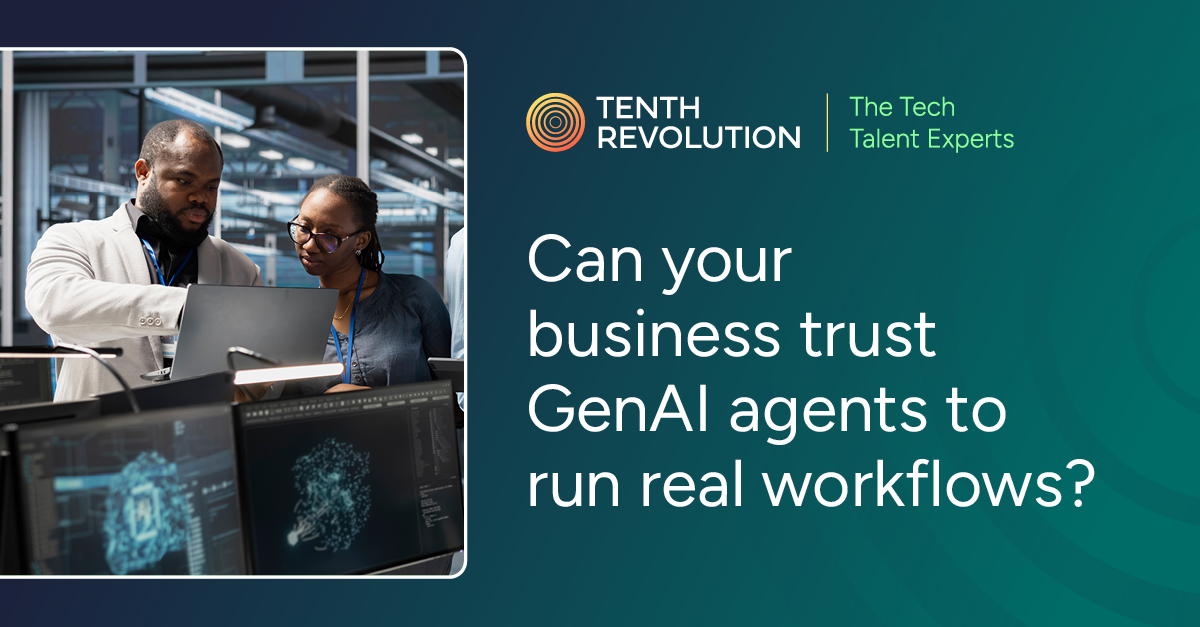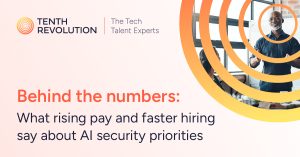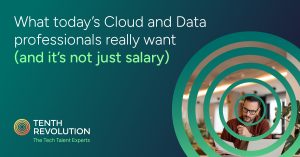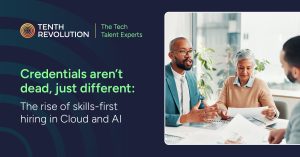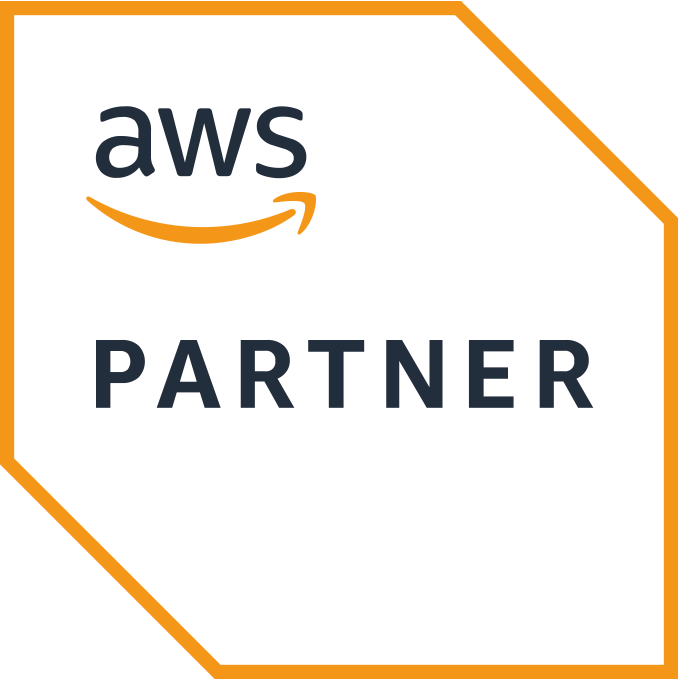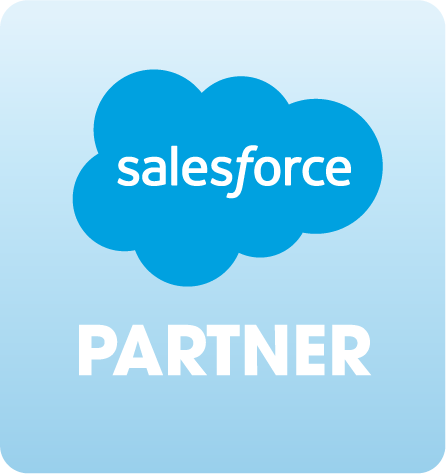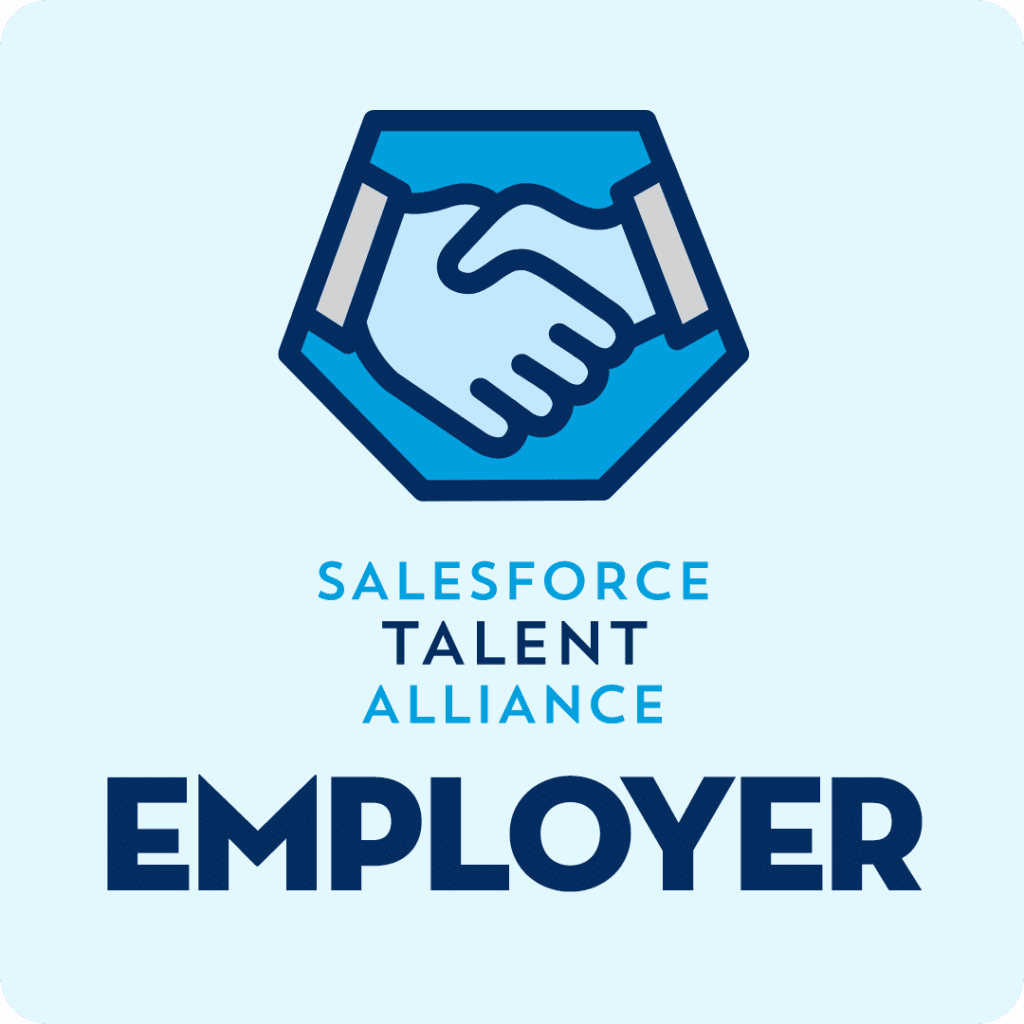Generative AI has already proven its worth for experiments and pilots, but a new question is emerging: can enterprises trust AI agents to take on real, business-critical work?
The shift from chatbot demos to agentic workflows is happening fast. Instead of simply answering questions, GenAI systems are now being trained to trigger processes, interact with APIs, and carry out multi-step tasks. For leaders, the opportunity is obvious: efficiency, scale, and faster decision-making. But so are the risks: compliance failures, poor governance, or systems that spiral in cost without delivering outcomes.
Why enterprises are testing agentic AI
Executives aren’t investing in agentic workflows just to be innovative. They’re responding to clear operational demands:
- Customer expectations. Service organizations want 24/7 case resolution that doesn’t just suggest fixes but actually completes the task.
- Regulatory complexity. Finance and healthcare teams need agents that can search, retrieve, and compile compliant responses faster than human staff.
- Operational efficiency. HR and operations teams want agents that can handle screening, scheduling, or supply chain queries without human bottlenecks.
In short, the driver is practical: businesses want AI to move from answering questions to delivering actions.
Thinking about agentic AI for your business? Tenth Revolution Group can connect you with contract talent who know how to design, evaluate, and govern enterprise-ready GenAI systems.
What makes workflows production-ready?
An agent that simply strings together API calls is not enough. To work reliably at scale, enterprises are focusing on three foundations:
- Grounding in enterprise data. Retrieval-augmented generation (RAG 2.0) ensures models don’t hallucinate, but reference trusted knowledge sources with hybrid search, hierarchical chunking, and feedback loops.
- Structured outputs. Moving beyond text responses, production systems generate structured data that downstream systems—whether finance ledgers or HR workflows—can actually use.
- Governance and evaluation. Guardrails are essential. Enterprises need ongoing evaluation of cost, latency, accuracy, and compliance, not just one-off tests at deployment.
Without these controls, agentic AI risks becoming another siloed pilot. With them, it can support functions where trust, compliance, and cost control are non-negotiable.
Lessons from early adopters
Different industries are finding their own entry points:
- Customer service – Telecoms and retailers are using agents to resolve routine support tickets end-to-end. Rather than escalating to human staff, agents cancel contracts, issue refunds, or reset accounts within compliance frameworks.
- Finance – RAG-enabled research tools help analysts navigate thousands of regulatory filings, reducing turnaround times for compliance queries.
- Healthcare – Providers are piloting agents to manage scheduling and patient information requests, with strict governance ensuring sensitive data is handled securely.
The results are promising but also highlight a truth: the leap from pilot to production depends on strong data foundations and clear oversight.
Want to benchmark your approach to AI adoption? Take part in TRG’s AI Recruitment Survey and compare how your peers are resourcing and governing GenAI initiatives.
Barriers leaders need to address
Trusting agents to run workflows isn’t only about the technology. The biggest hurdles are organizational:
- Ownership – Who is accountable when an agent fails? IT, compliance, or the business function it supports?
- Resourcing – Skilled staff are needed not only to build but also to monitor, retrain, and optimize systems. Without ongoing expertise, costs spiral and adoption falters.
- Data readiness – If data governance isn’t mature, even the most advanced agent will deliver unreliable results.
- Cost management- Inference workloads are unpredictable. Without FinOps discipline, token costs and GPU bills can erode ROI.
These are pain points that can’t be solved by platforms alone. They require clear strategies and the right staffing in place.
What leaders should prioritize now
If your organization is weighing whether to trust AI agents in production, three priorities stand out:
- Start small but design for scale – Pilot agents in low-risk areas such as internal processes. Build governance and monitoring into these pilots from day one so they can expand safely.
- Invest in evaluation frameworks – Regularly test agents for accuracy, compliance, and cost performance. Treat this as a continuous process, not a one-off check.
- Bring in the right expertise – Technical capabilities alone aren’t enough. You’ll need specialists who understand data governance, compliance, cost optimization, and workflow design. This is where flexible contract models make a difference, letting you scale skills up or down without long-term overheads.
Why does this matter?
GenAI’s move into workflows is more than just another tech milestone. It’s a shift in how businesses structure operations. For the first time, AI is not just advising employees but acting in their place. That makes trust the critical factor.
Trust comes from transparency, governance, and having the right people guiding adoption. Enterprises that take this approach will find that agentic AI can extend capacity, cut costs, and deliver measurable value. Those that rush in without safeguards risk creating systems that are expensive, opaque, and impossible to scale.

